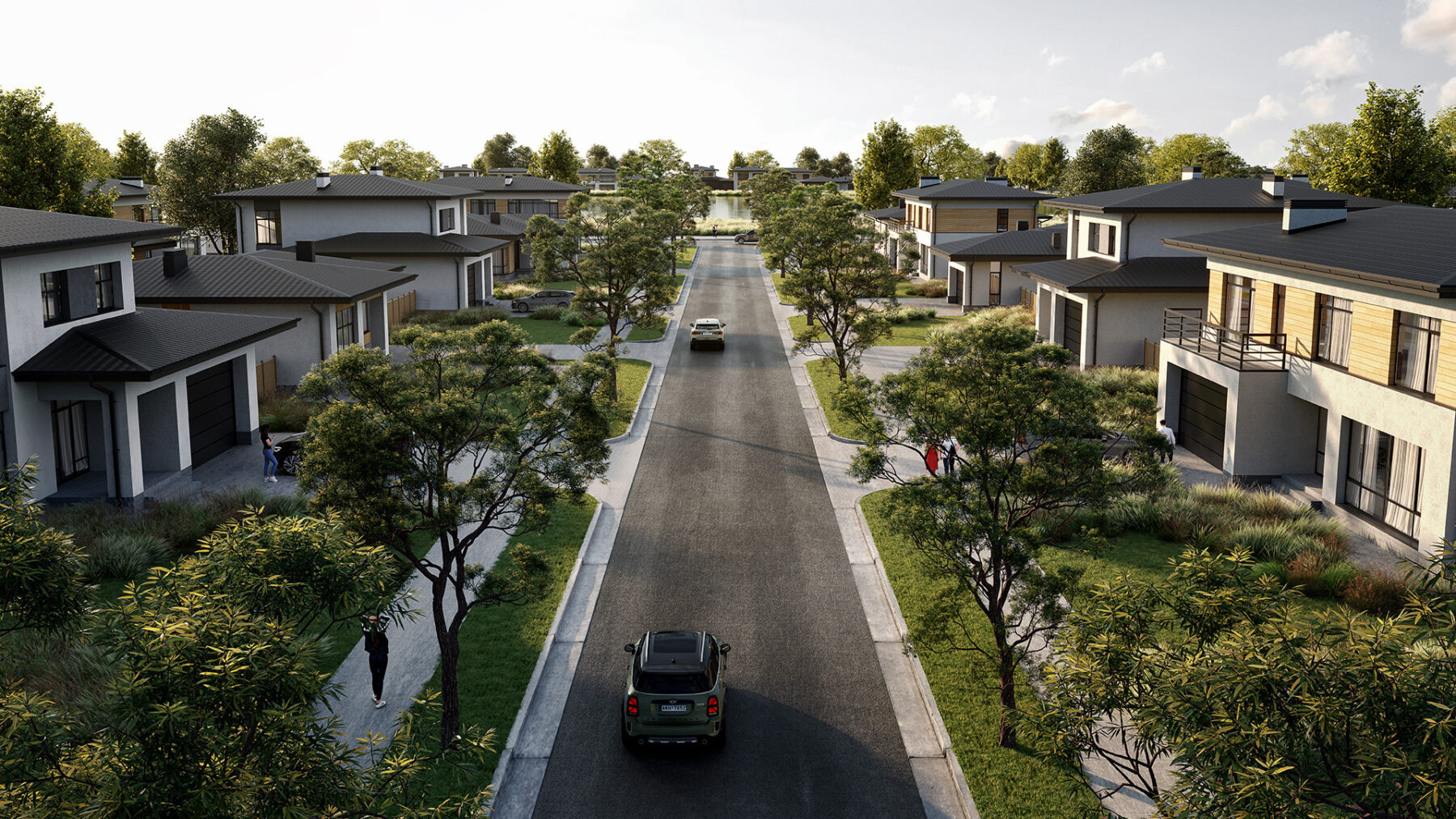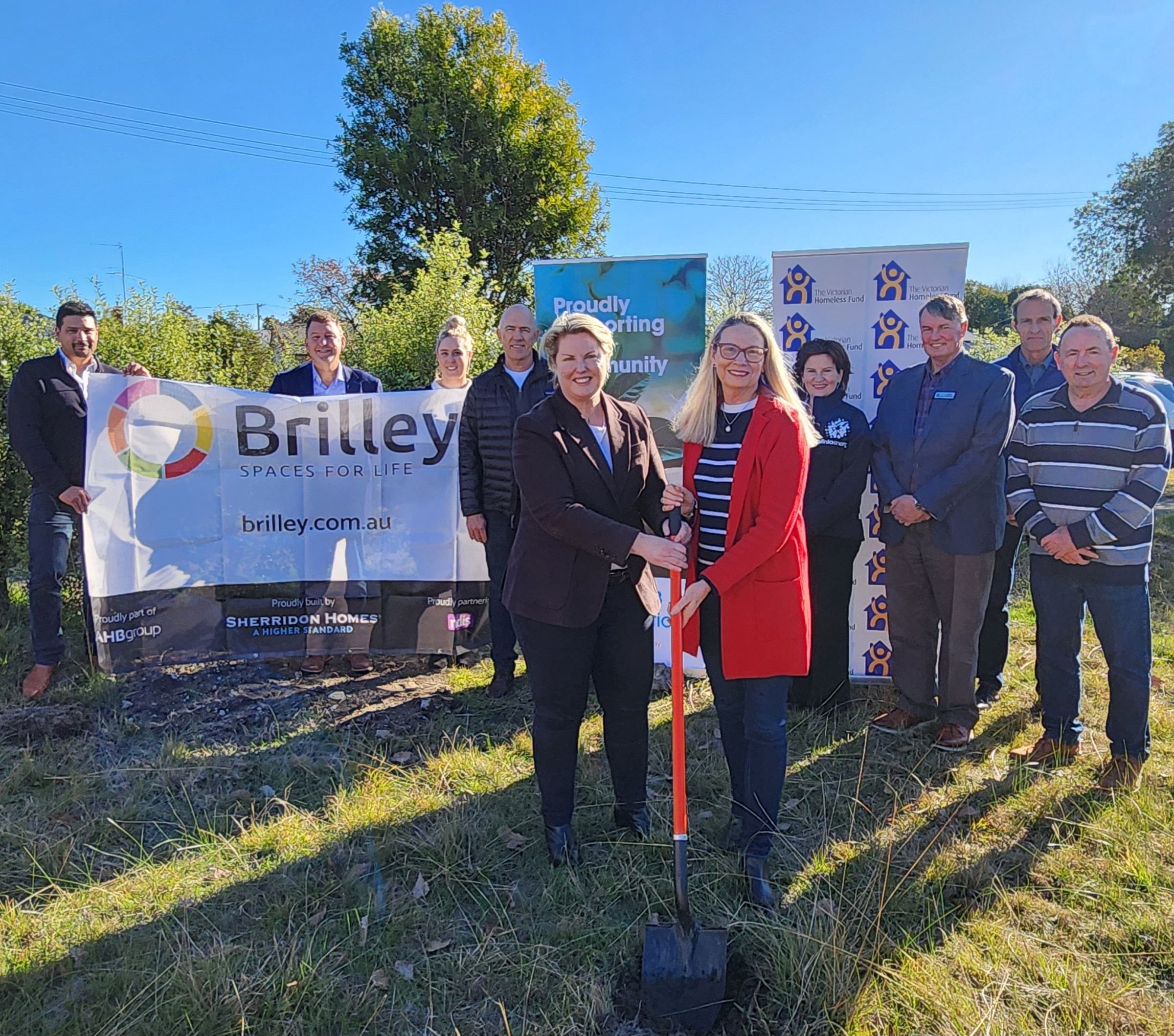The Build to Rent (BTR) movement in Australia is slowly emerging. The more recent discussions started in 2015 as real estate prices escalated well above the reach of the essential workers in Sydney.
Various groups then looked across the globe for affordable housing models including the UNSW, who issued a research paper in March 2015 title "Next moves? Expanding affordable rental housing in Australia through institutional investment". In August 2016, the Australian Housing and Urban Research Institute also found lesson from overseas in their report "Subsidised affordable rental housing: lessons from Australia and overseas".
Affordable housing, whilst necessary, was not the answer for institutional capital seeking to find an investment model akin to the Multi Family Apartments model common throughout the US. Australia's high levels of private investment in residential real estate for rent has made it very difficult for institutional capital to gain traction in Australia – ie developers simply make more money by selling individual apartments to mum & dad investors than selling a whole building to a single multi family investment group.
With the slow down in investment sales (driven more by a credit crunch than a reduction in demand) several major groups looked to the institutional market as a solution to maintain a pipeline of residential projects. By late 2018, Urbis reported about 3,500 BTR projects planning and development in Australia, a figure which Urbis believe could increase to 100,000 BTR units well within a decade.
The BTR investors are still faced with a range of issues including fair tax treatments, GST issues, tenures, and low yields. Nevertheless Mirvac, First State Super, Grocon, Cromwell, Sentinel Real Estate and others are dipping their toes in the water.
Sentinel Real Estate, a US BTR heavyweight opened The Element 27 building in the Perth suburb of Subiaco, in October. Featuring 80 apartments across 4 levels, together with parking, pool, rooftop lounge and BBQ.
Mirvac will complete its first purpose-built effort at the Pavilions project at the Sydney Olympic Park in 2020 and also acquired a completed 490-unit BTR project in the Melbourne CBD.
Melbourne-based developer Salta Properties is planning a BTR apartment block in Melbourne's Docklands, while US BTR giant Greystar has joined forces with local partner Macquarie Capital to plan Australian projects.
First State Super are taking another approach and acquiring large tranches of completed stock from Developers happy (or forced) to sell at a 30%+ discount with the intention of offering them as affordable rental stock to be held for a 5 year period before re-selling them.
State and Federal Government policies will continue to push towards affordable housing outcome, either mandated into new developments, and or via preferred tax arrangements, however the institutional market will continue to watch an observe for some time to come.
Long term investors in Australia will be less concerned about liquidity and more concerned about investment return from what has been the asset classes producing one of the lowest yields in Australia.
If the market can demonstrate, through better site selection, better design, better marketing and better tenant selection and management, that a net cash yield (before tax) of 5%-6% on invested capital is achievable then there is no doubt that the BTR pipeline will grow significantly over the next 10 years.



